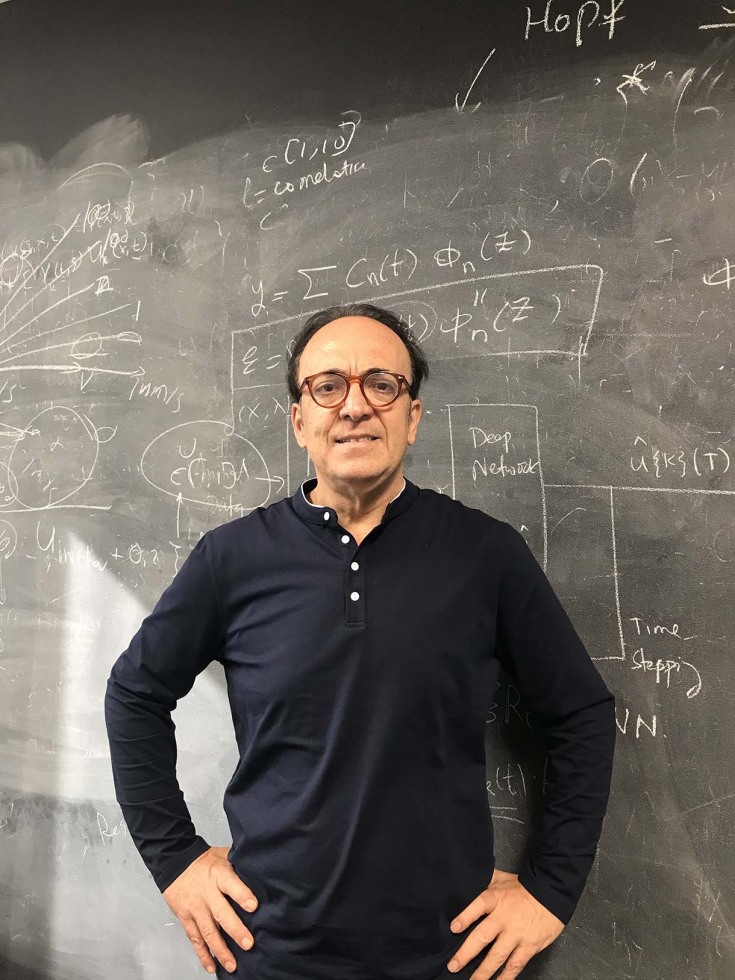PROVIDENCE, R.I. [Brown University] — The U.S. Department of Defense has selected George Karniadakis, a Brown University professor of applied math and engineering, as a 2022 Vannevar Bush Faculty Fellow.
Karniadakis is one of nine scientists and engineers from across the nation to receive the fellowship — the most prestigious research grant award from the Department of Defense, named for Vannevar Bush, who directed the U.S. Office of Scientific Research and Development after World War II. In line with Bush’s vision, the fellowship aims to advance transformative, university-based fundamental research. Each fellow receives up to $3 million over a five-year term to pursue cutting-edge fundamental research.
Karniadakis was at a scientific conference in Oslo, Norway, when he learned that he had been selected for the fellowship.
“The director of basic research at the U.S. Department of Defense, Dr. Bindu Nair, called me via Zoom and asked me if I had enough bandwidth to take on this project,” Karniadakis said. “I told her that of course, this is a major priority for me. Dr. Nair responded, ‘Well then, congratulations!’ I was very happy.”
A focus of Karniadakis’ research is machine learning for scientific computing, and his team at Brown has been developing physics-informed neural networks (PINNs) that can be used in artificial intelligence applications. He said that all mobile platforms, including robots, airplanes and self-driving cars, have sensors that accumulate data. The processing of this data by supercomputers based on the current class of artificial neurons, or artificial neural networks, is not only wildly expensive in terms of financial cost but also in terms of energy.
His new objective is to accelerate PINNs by a factor of 1,000 using spiking neural networks, which function more like human neurons and consume much less energy. Large companies like Intel and IBM have recently built computers that can be used for this new generation of neural networks.
